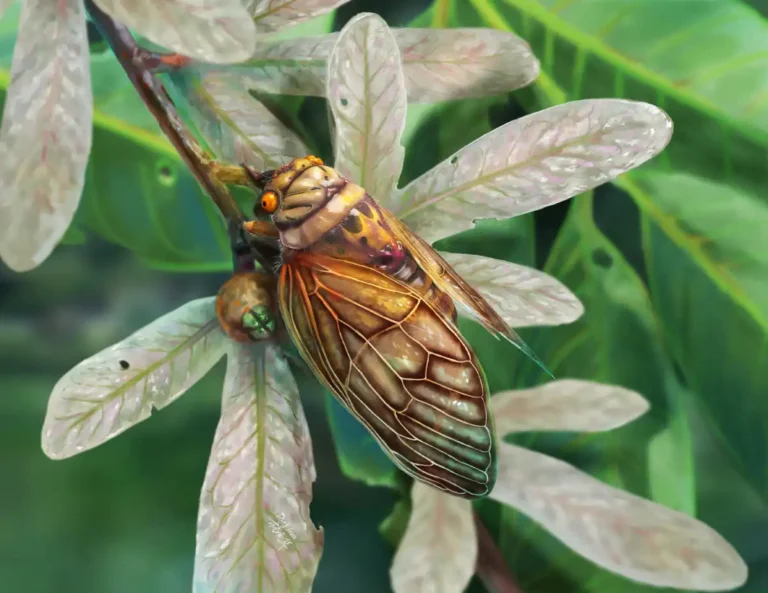Ancient saber-toothed predator found in Spain

Around 200 million years ago, the first true mammals appeared during the reign of the dinosaurs. Yet, the roots of mammals extend even further back to a group of ancient creatures known as therapsids. While many therapsids bore little resemblance to modern mammals, they shared essential characteristics that would shape mammalian evolution. For instance, they had openings on the sides of their skulls for jaw muscle attachment and specialized jawbones that eventually gave rise to the distinctive middle ear bones found in mammals today.
In a study published in Nature Communications, researchers revealed the discovery of what may be the oldest known therapsid fossil. This ancient predator, resembling a dog with saber-like teeth, sheds new light on the distant origins of mammalian evolution.

The newly discovered fossil, which has yet to be assigned a species name, belongs to a group known as gorgonopsians. Gorgonopsians are more closely related to mammals than they are to any other living animals,” says Ken Angielczyk, the Field Museum’s MacArthur Curator of Paleomammalogy in the Negaunee Integrative Research Center and a co-author of the paper. “They don’t have any modern descendants, and while they’re not our direct ancestors, they’re related to species that were our direct ancestors.”
Previously, the oldest known gorgonopsians were believed to have lived around 265 million years ago. However, the newly uncovered fossil dates back 270 to 280 million years, making it significantly older. “It is most likely the oldest gorgonopsian on Earth,” says Josep Fortuny, senior author of the study and head of the Computational Biomechanics and Evolution of Life History group at the Institut Català de Paleontologia Miquel Crusafont (ICP) in Spain.

Anna Solé/Institut Català de Paleontologia Miquel Crusafont
The fossils were unearthed on Mallorca (also spelled Majorca), a Spanish island in the Mediterranean Sea. However, during the era of the gorgonopsians, Mallorca was part of the vast supercontinent Pangea.
“The large number of bone remains is surprising. We have found everything from fragments of skull, vertebrae, and ribs to a very well-preserved femur. In fact, when we started this excavation, we never thought we would find so many remains of an animal of this type in Mallorca,” explains Rafel Matamales, curator of the Museu Balear de Ciències Naturals (MUCBO | MBCN), research associate at the ICP, and first author of the article.
The bones enabled researchers to piece together what the animal might have looked like and gain insights into its behavior. “If you saw this animal walking down the street, it would somewhat resemble a medium-sized dog, perhaps the size of a husky, but not entirely,” says Ken Angielczyk. “It wouldn’t have had fur or dog-like ears, so it would look quite different.”
Remarkably, this is the oldest known animal to possess long, blade-like canine teeth. These saber-like teeth indicate that this gorgonopsian was likely a top predator in its time.
The discovery that this gorgonopsian predates its closest relatives by tens of millions of years shifts scientists’ understanding of when therapsids evolved—an essential chapter in the story of mammalian evolution. This finding also offers fresh insights into our own distant origins.
- See also: World’s Largest Worm Lizard
“Before the time of dinosaurs, there was an age of ancient mammal relatives. Most of those ancient mammal relatives looked really different from what we think of mammals looking like today,” says Angielczyk. “But they were really diverse and played lots of different ecological roles. The discovery of this new fossil is another piece of the puzzle for how mammals evolved.”






